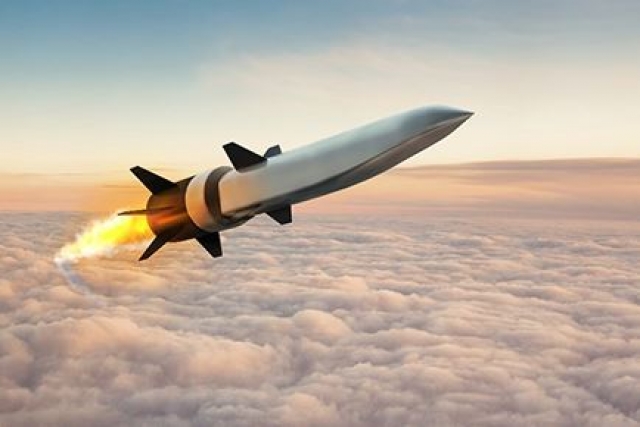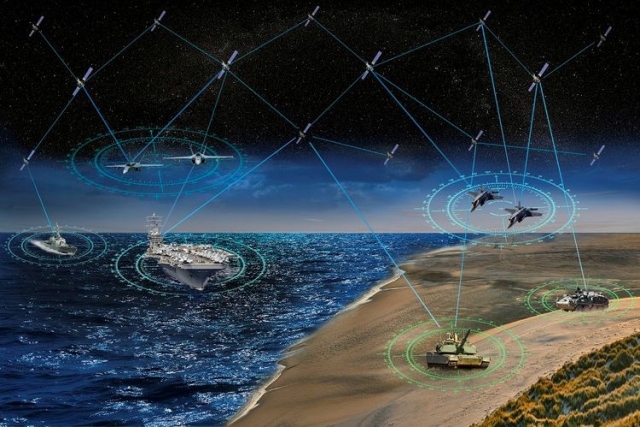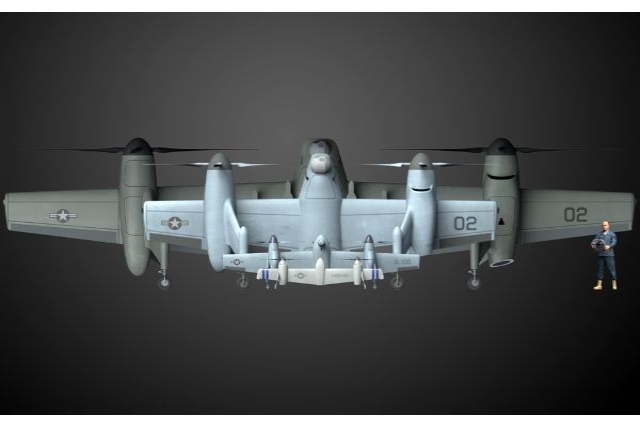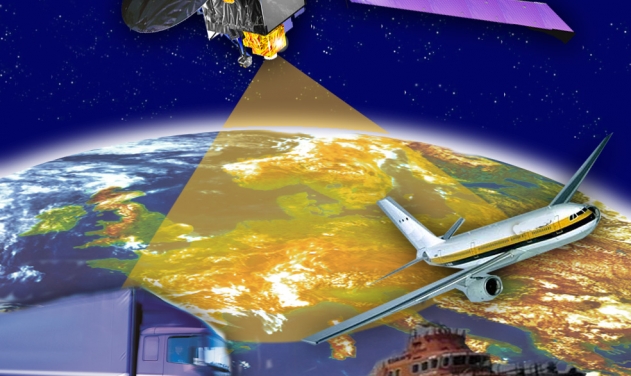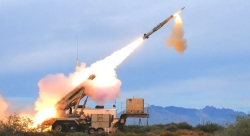DARPA Integrates Weapons of Mass Destruction Threat Sensors in Police Vehicles
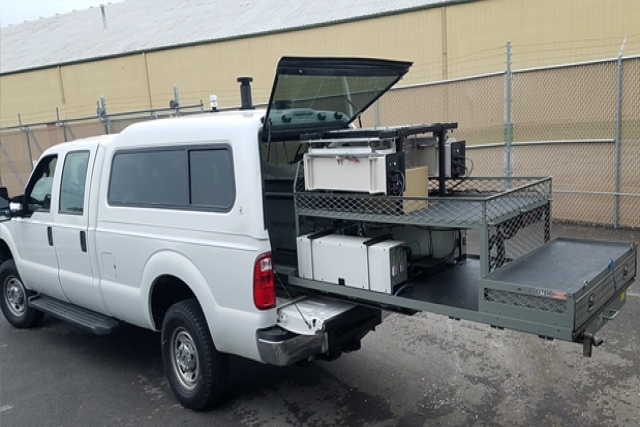
The Defense Advanced Research Projects Agency (DARPA)’s SIGMA+ program, in collaboration with the Indianapolis Metropolitan Police Department (IMPD), recently concluded a three-month-long pilot study with new sensors intended to support early detection and interdictions of weapons of mass destruction (WMD) threats.
The pilot involved integrating highly sensitive chemical, biological, radiological/nuclear, and explosive (CBRNE) sensors into several IMPD vehicles and gathering real-world environmental background data over a large part of the Indianapolis metropolitan region, building on a smaller event conducted in Indianapolis in August 2020.
During the pilot study, two week-long exercises took place that supplemented the August 2020 event. The environmental data collected during the exercise are being used to map the naturally occurring chemical and biological backgrounds found in the Indianapolis urban area that result from businesses, industries, and environmental patterns. The data, in turn, are supporting the development of both sensors and algorithms that minimize false positives and maximize detections of anomalies that may be associated with threat activities. During the Indianapolis pilot study, nuisance alarms were able to be suppressed by 75%, DARPA announced in a statement today.
In addition to characterizing the urban chemical background, the research team generated controlled releases of benign chemicals such as ethanol to challenge the mobile sensors. These releases were intended to simulate production of threat materials such as home-made explosives, narcotics, or other chemical hazards. SIGMA+ has developed a unique chemical referee system that integrates a laboratory-grade instrument into a mobile platform to provide real-time, ground-truth interpretation of the local chemical background.
“The Indianapolis pilot study and field testing marked the first time we were able to demonstrate the integration of SIGMA+ sensor technology across the entire CBRNE threat space into a law-enforcement (LE) vehicle,” said Mark Wrobel, SIGMA+ program manager in DARPA’s Defense Sciences Office. “This included air sampling, power, and the user interface that provides the vehicle operator real-time analysis of potential threats via a tablet. The ultimate goal is to outfit a citywide fleet of LE or other public service vehicles to enable a continuously refreshed mobile network that can detect WMD threats with low false-alarm rates across a city or region.”
DARPA also worked with IMPD to understand how SIGMA+ advanced sensor systems could support broader law enforcement mission needs, including holding several workshops with IMPD stakeholders. The workshops addressed current sensor and analytics capabilities and how these capabilities could address mission areas such as detecting narcotics manufacturing.
Next steps for the SIGMA+ program include testing in other metropolitan regions and developing operational procedures to integrate sensors into real-world use. SIGMA+ algorithm and sensor developers will continue to refine software and hardware to further drive down nuisance alarms caused by the complex chemical, biological, and radiological background signatures of urban environments.
